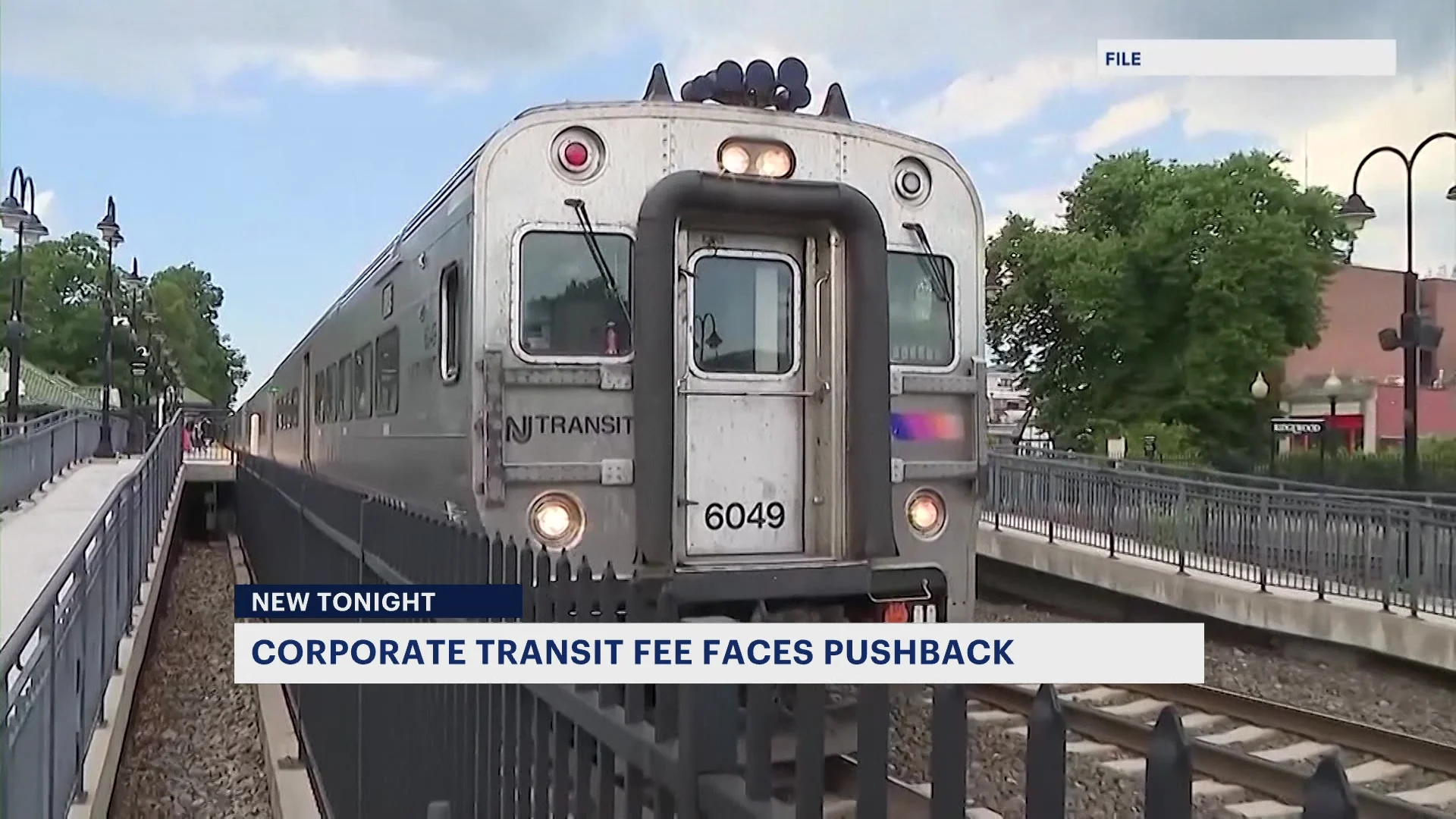Nationwide’s annuity business is about to undergo a significant change as Eric Henderson, the...
Michael Tannenbaum has been appointed as the new chief executive officer of Figure Technology...
The economic and geopolitical crises have not dampened the growth of the health sector,...
Boeing has recently established a research and technology center in Nagoya that is dedicated...
The SVG Sports Content Management Forum is returning to New York City on July...
In recent months, several large companies have announced Chapter 11 bankruptcy filings, sparking a...
Since the recent attacks by Hamas on Israeli territory on October 7, over 34,200...
In recent weeks, a group of business leaders in New Jersey have voiced their...
Advanced Fiber Technology (AFT), a Bucyrus, Ohio-based company founded in 1988 by Doug Leuthold...
In a recent announcement by beat reporter Tommy Birch, the Cubs have called up...









